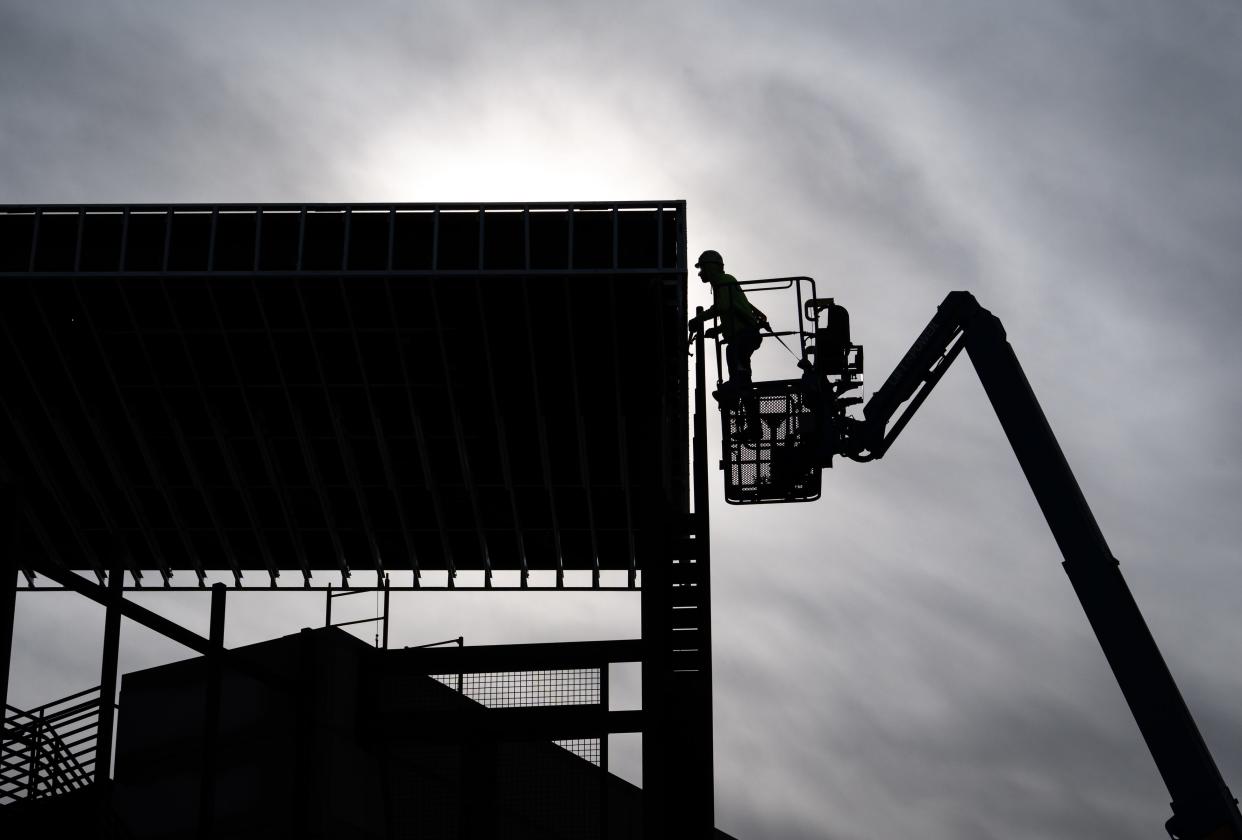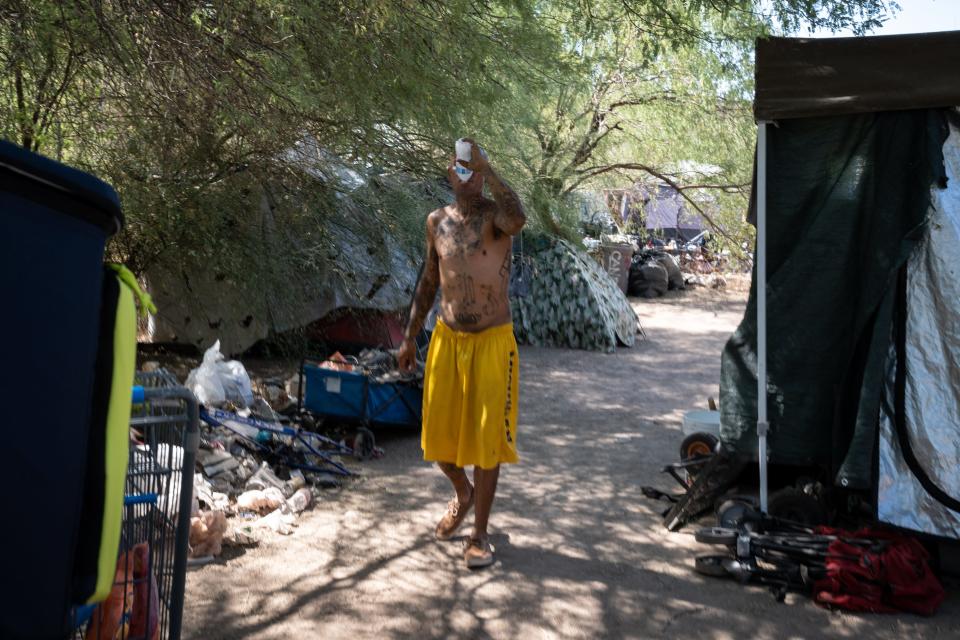Tempe approves new General Plan, residents remain divided on density changes

Tempe officials unanimously approved a controversial new plan for city growth at a packed City Council meeting on Thursday, a move that could shape development decisions for the next three decades if voters approve the plan on March 12.
General Plan 2050 has been in the works for more than a year. It's a long-term planning strategy that creates development guardrails for Tempe by broadly defining how pieces of land can be used, which state law requires cities to update every decade.
The plan allows for far more units on properties south of Apache Boulevard, where Tempe's downtown ends and single-family neighborhoods begin. It's meant to increase housing options in a city that's running out of land, but the result could be taller apartment buildings cropping up in areas that are historically more suburban.
The controversial change prompted more than three dozen residents to speak at Thursday's meeting.
They largely split down generational lines. Older and more established residents tended to push back against the plan, while the young adults who attended the meeting voiced support for increased development because of their struggle to cover housing costs.
Supporters of the plan held a slight majority. Many argued the change is needed to meet demand in Tempe's housing market, combat rising rents and prepare for a population increase of 85,000 — a 46% uptick — by 2050.
But impassioned opponents also made their case. They believe the proposed plan will be the end of Tempe's suburbs, cause a surge in traffic and worsen climate issues because of the urban heat island effect.
"Like many, many others in my neighborhood (and) in this community, (I am) concerned with the plans in the 2050 General Plan to overwhelm the neighborhoods in the city of Tempe," said 30-year Tempe resident Tom Zaworski, who said the plan lacks balance. "Frankly, the neighborhoods in this city are the foundation of why we're here."
Fight urban heat: Scottsdale becomes first in Arizona to mandate 'green' building rules
But recent Arizona State University graduate and current middle school teacher Eric Arellano fell in the camp favoring the proposed changes. He asked city officials to approve the plan, saying that when he first started working, he wanted to "live in the community where I taught," but had to take a part time job to make ends meet because of rent costs.
"I want to live in a Tempe where the people who work here can live here too. The grocery clerks or teachers or firefighters," he said. "We know that housing is a question of supply and demand. If you look, we don't have enough supply here in Tempe."
Tempe's housing stock is imbalanced, by the city's own standards. Its goal is to have about 49% of the market fall in the "affordable" price range, which had been the case in 2017 before that share plummeted to 26% as of this year. Homelessness also doubled during that same timeframe, according to the Maricopa Association of Governments.

But it's true that the new general plan could spur a shift in Tempe's landscape if the urban north slowly consumes the southern suburbs. And because it doesn't mandate green building rules — a concern for both sides — the feared heat impacts of urban growth aren't out of the question.
The plan doesn't actually change the zoning, however. It just defines a range of possible zoning options. A single property could be eligible for a retail store or a hospital under a general plan, for example, which local officials can consider when developers pitch projects in the future.
Each project would still have to go through a rezoning process, receive public input and get council approval before starting construction.
It also isn't solely focused on land use. The document plans out everything from transportation to transit to public art — but it's the plan's development density rules that are dividing Tempe residents.
Residents can see where density changes are envisioned on Tempe's web page. Some of the neighborhoods that would be near the higher-density areas include:
The Hudson Manner and Daley Park neighborhoods. The general plan would increase density from 25 units per acre to 45 units in the area north of East Broadway Road and south of the Union Pacific tracks, between South Rural Road and South McClintock Drive.
The Peterson Park, Tempe Village, Fiesta Villages and Southern Palms neighborhoods could see the same change at the southeast corner of South Priest Drive and West Southern Avenue.
The Alisanos neighborhood would be near a more significant density change at the southeast corner of West Elliot Road and South Kyrene Road. That area's density would increase from 15 units per acre to 45.
Tempe Mayor Corey Woods acknowledged that both sides of the debate were pushing "because they feel like that is in the best interest of our city," before voting to approve the plan along with everyone else on the council, explaining that the proposed plan was a "compromise" between the two sides' competing interests.
"Some of the earlier densities were reduced at the request of many of our long-term residents who really want to make sure that some of that neighborhood character is preserved," the mayor said, referring to an earlier draft of the General Plan 2050. "But clearly there is a supply and demand issue."
He added, "It's a moral imperative that the people who teach our kids how to read, write and do arithmetic have the ability to live in the city where they work. And so, I think it is critically important that we create more housing."
Tempe voters will choose whether to ratify General Plan 2050 at the ballot box on March 12. If a majority vote "no," the newly approved plan will be scrapped, and city staffers will go back to the drawing board.
This article originally appeared on Arizona Republic: Tempe General Plan gets council approval, divides residents

